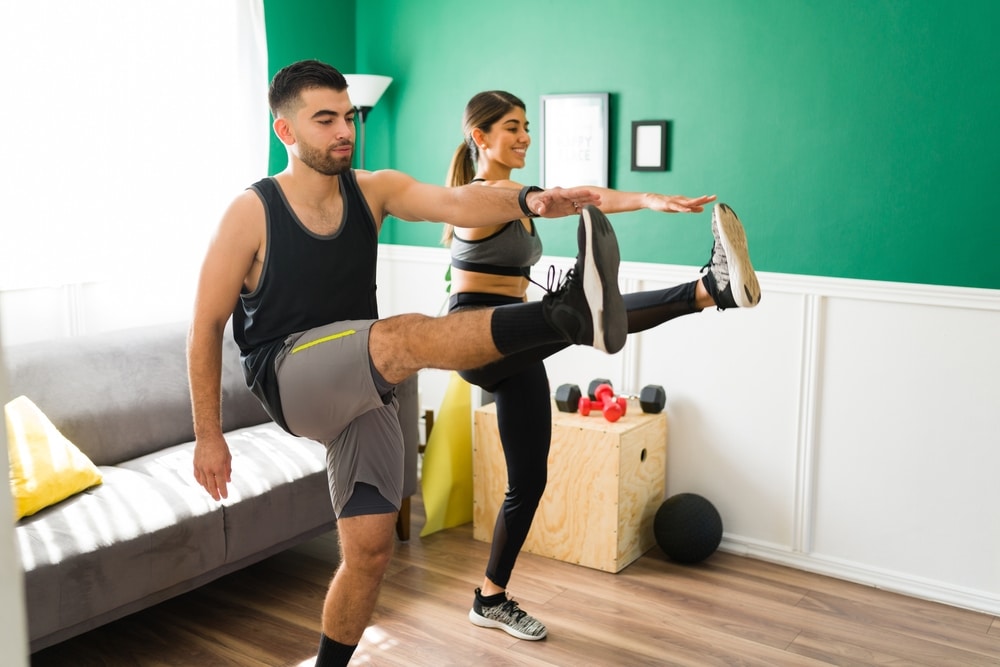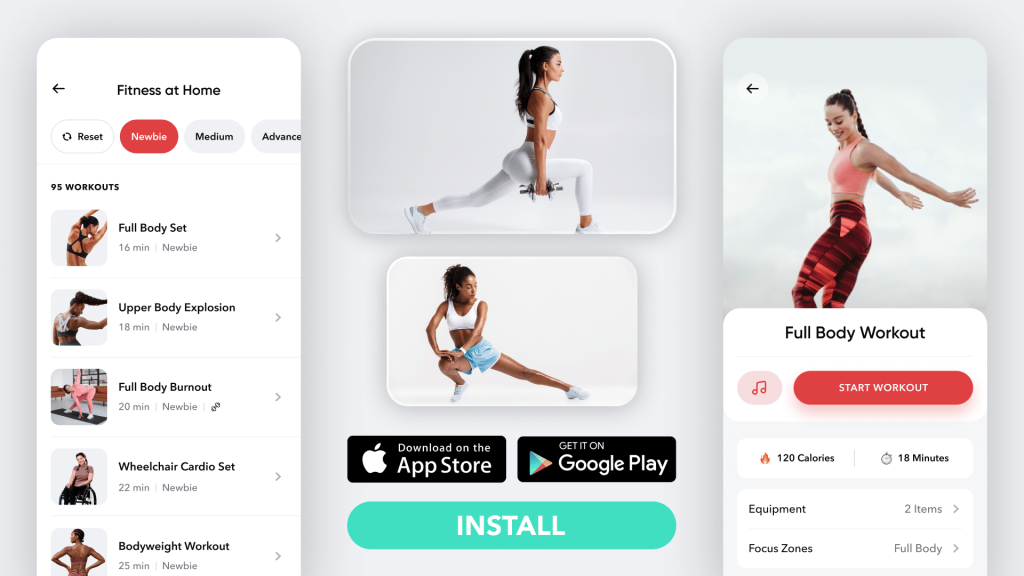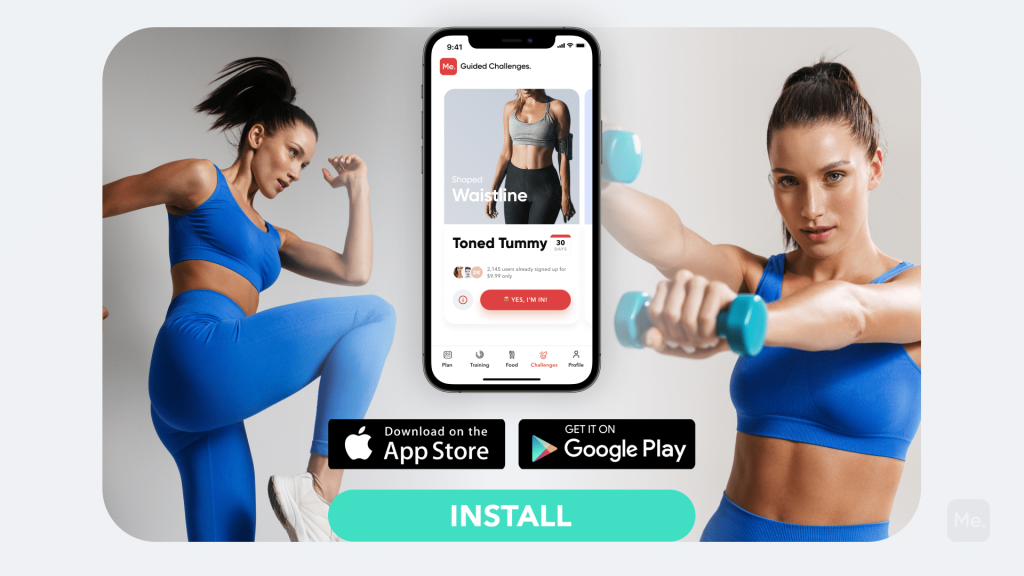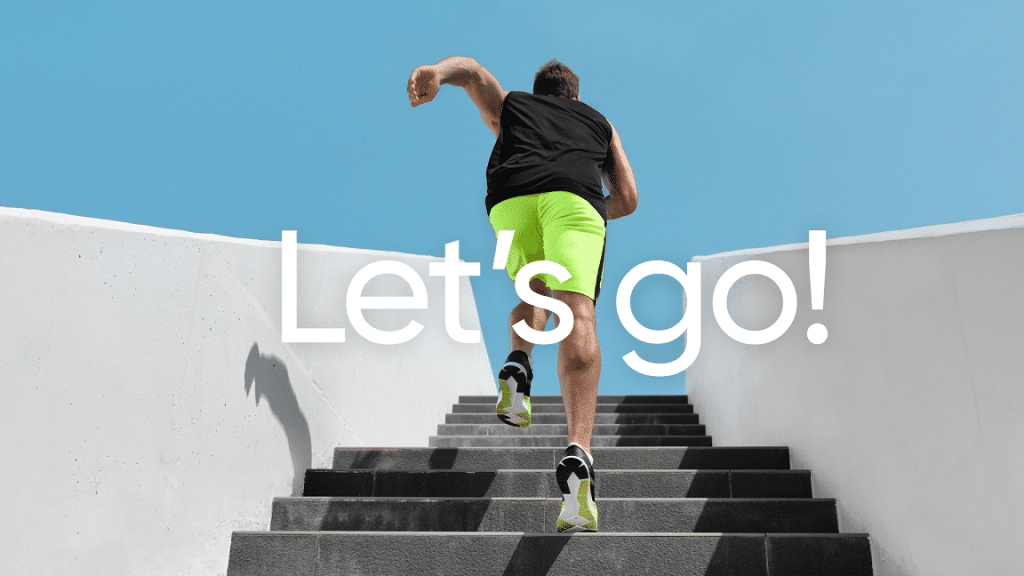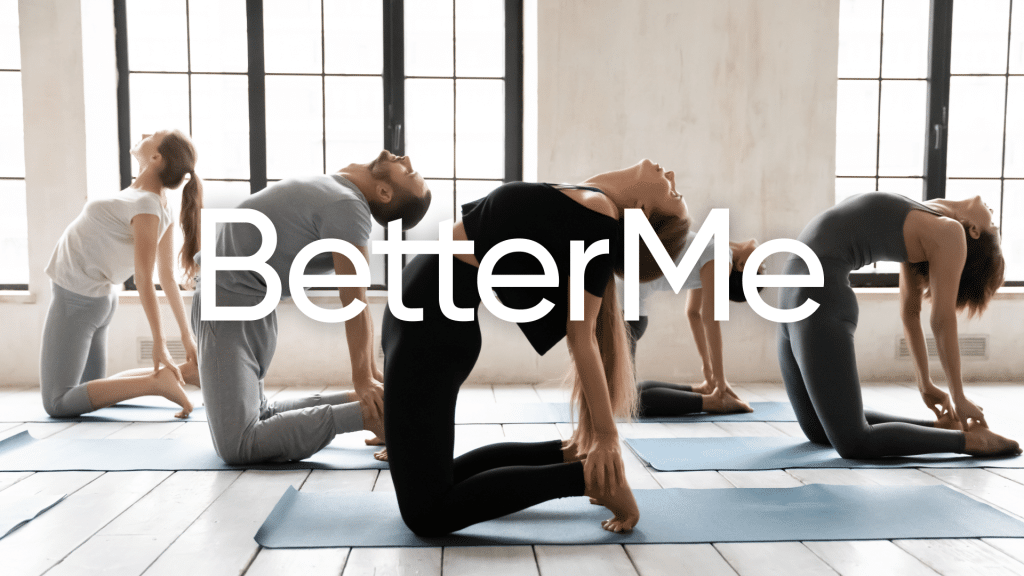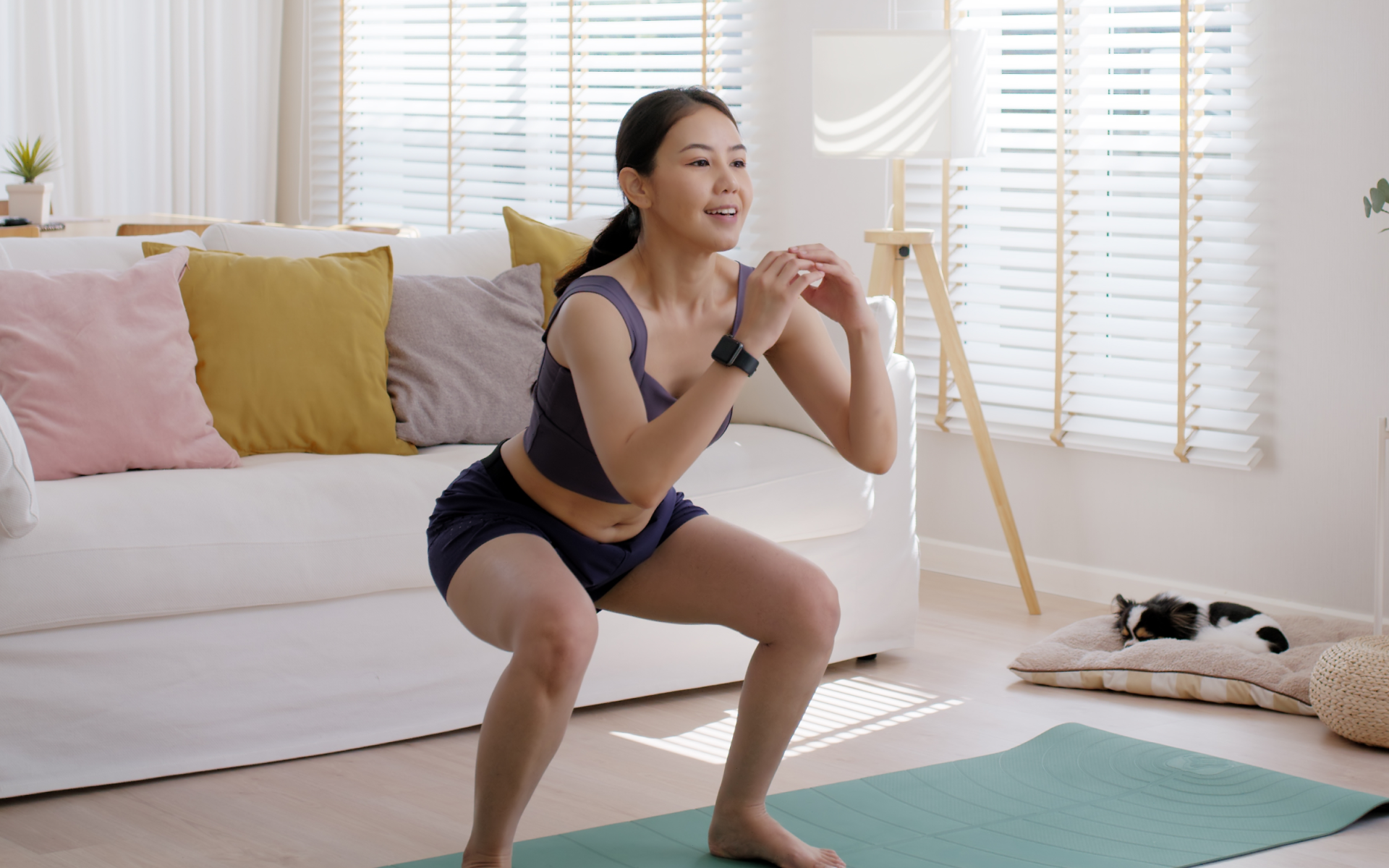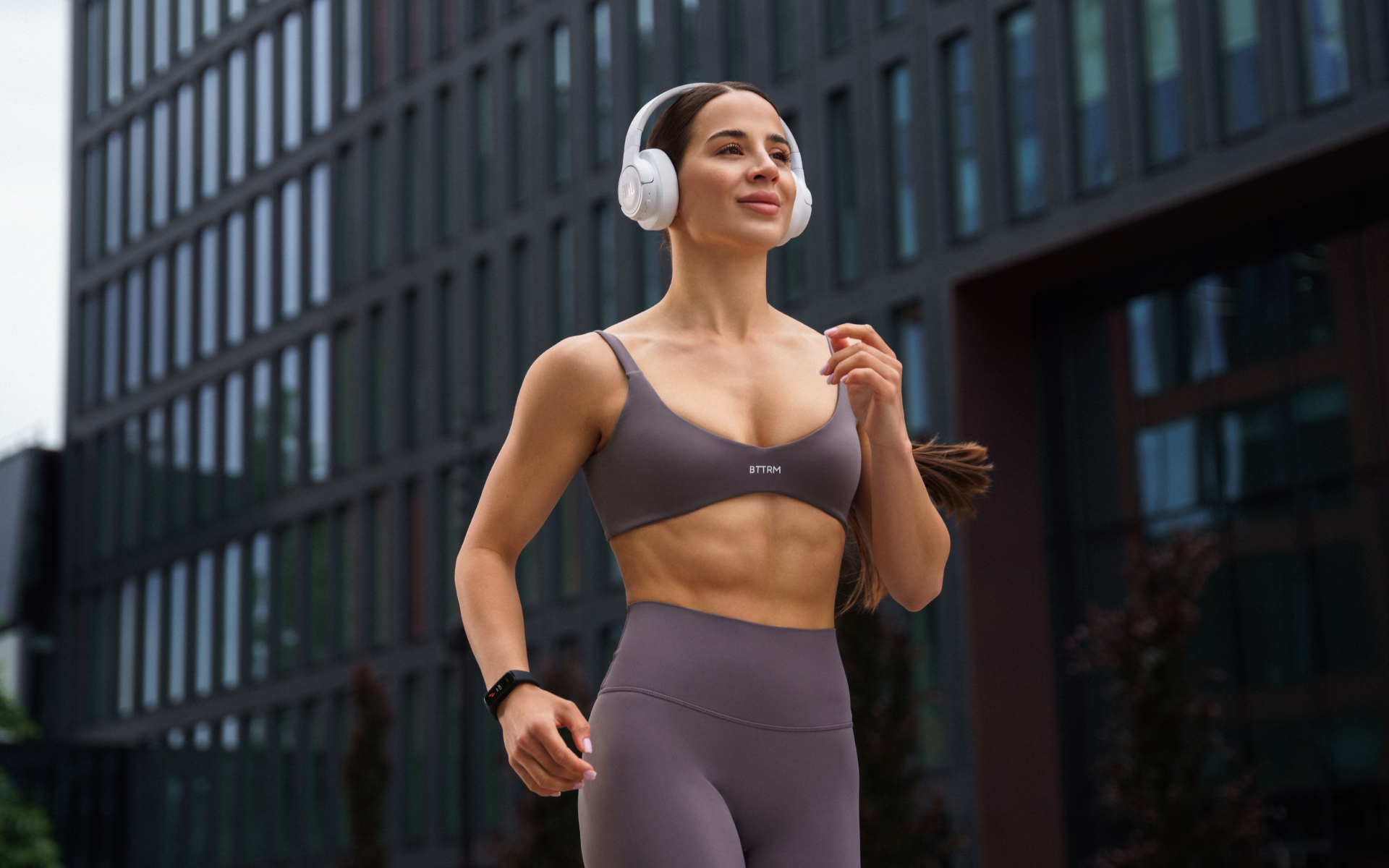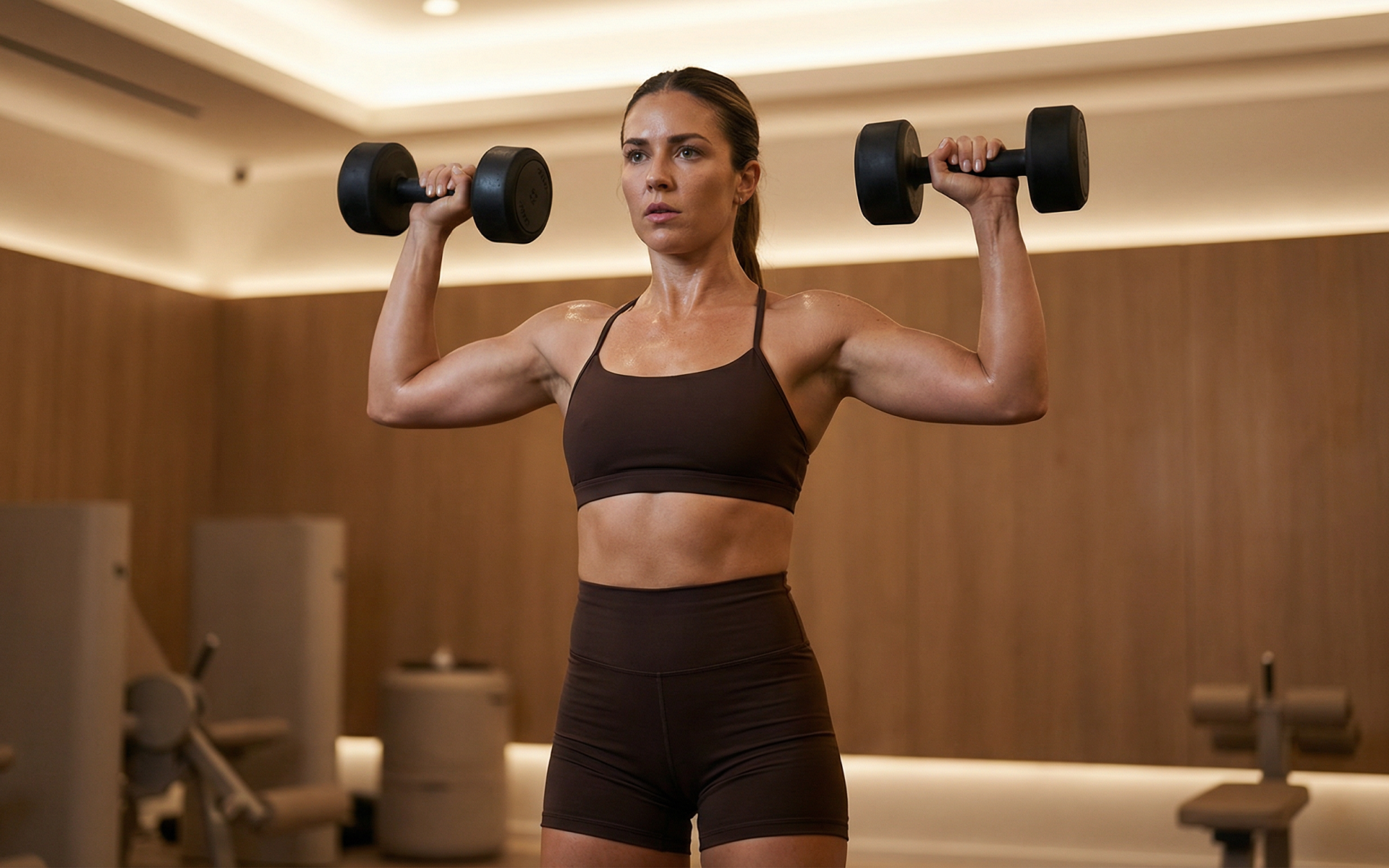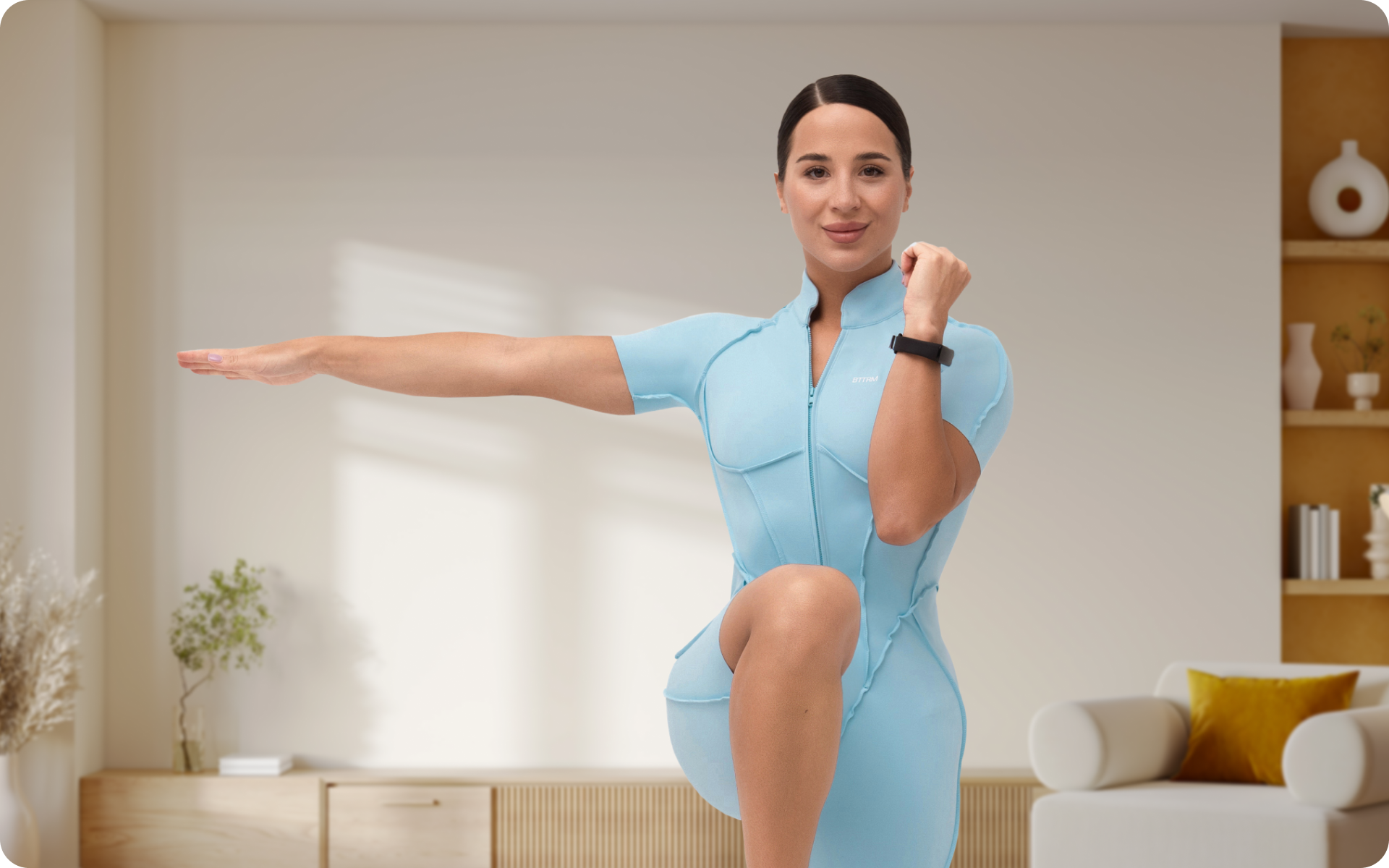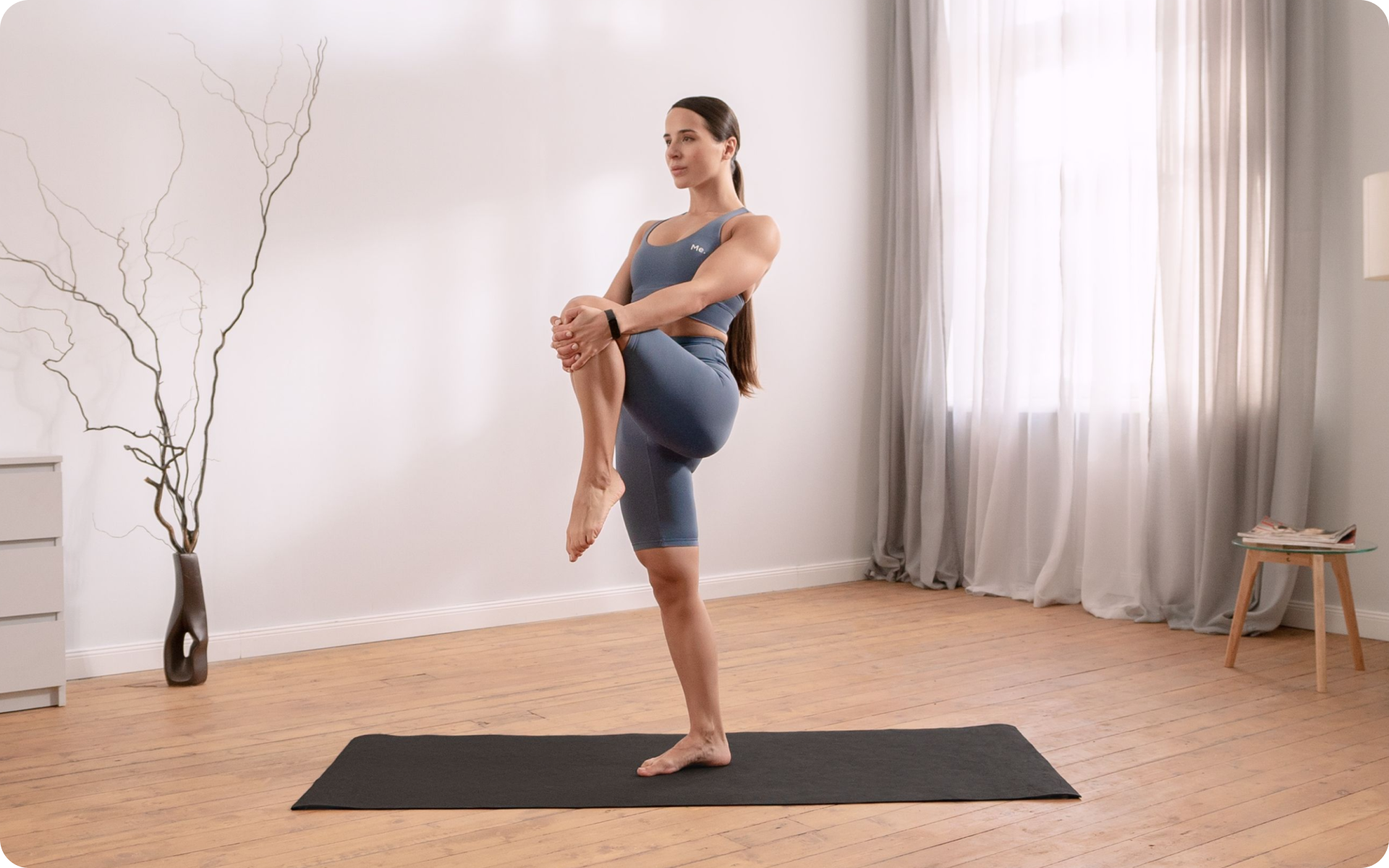Whether your goal is to shed a few pounds or get more fit, cardiovascular exercise is a great way to accomplish either. There are two main types of cardio: steady-state and high-intensity interval training (HIIT). So which one is better for you?
Get your personalized
meal plan!
Steady-state cardio has been around for ages. It involves maintaining a moderate intensity for an extended period. This is a good option if you’re new to cardio or aren’t in great shape.
It’s also a good choice if you have joint pain, as it puts less strain on your body than high-intensity exercise.
HIIT, on the other hand, is the new kid on the block. It involves intervals of high-intensity exercise followed by periods of rest or low-intensity activity. HIIT is a great choice if you want to burn more calories in less time. It also torches body fat and can help improve your endurance (3).
So which one is better for you? It depends on your goals and fitness level. Read on to understand why.
What Is A Steady-State Cardio?
Steady-state cardio is a form of aerobic exercise that is designed to maintain a consistent heart rate for an extended period. This type of exercise is beneficial because it allows your body to burn more calories while also promoting overall health and fitness.
The best way to achieve steady-state cardio is by using a heart rate monitor to track your heart rate and stay within the target zone. This will ensure that you are working hard enough to get the benefits, but not so hard that you are compromising your health.
Here’s what happens in your body when you engage in steady-state cardio (8):
- Your heart rate increases as you work out, which causes your body to release a hormone called epinephrine.
- Epinephrine causes your body to break down stored fat and use it as energy.
- The increased blood flow caused by cardio also helps deliver nutrients and oxygen to your muscles, helping them recover from your workout.
- Finally, the consistent heart rate ensures that your body is using oxygen more efficiently, which can help reduce your risk of heart disease.
Some activities that count as steady-state cardio include walking, running, cycling, swimming, and elliptical training.
Read More: Best Cardio For Weight Loss: 11 Best Workouts To Help You Stay In Shape
Pros Of Steady-State Cardio
This sustained form of aerobic exercise has many benefits, including (3):
- Calorie Burn. Steady-state cardio is a great way to burn more calories and lose weight.
- Improved Heart Health. Regular aerobic exercise can help to reduce your risk of heart disease.
- Increased Endurance. Over time, this type of exercise will help you to build up your endurance.
- Improved Mental Health. Aerobic exercise can help reduce stress and improve your mood.
- Reduced Risk Of Injury. Since this is a low-impact form of exercise, it is less likely to cause injuries than high-impact activities.
- Faster Recovery. After a tough workout, steady-state cardio can help your body recover more quickly.
- Increase Slow-Twitch Muscle Fibers. One of the best things about steady-state cardio is that it helps increase your slow-twitch muscle fibers. These are the muscle fibers that are responsible for endurance, so increasing their number will help you to become a more efficient runner or cyclist.
- More Enjoyable Than HIIT. Enjoying exercise makes it easier to be consistent and see results. HIIT workouts can be tough, but steady-state cardio is a more enjoyable way to get your aerobic exercise.
For example, running outdoors on a beautiful day is much more pleasurable as you enjoy the scenery and fresh air.
Cons Of Steady-State Cardio
- Can Be Monotonous. Some people find that steady-state cardio can be monotonous, especially if they do the same activity every day.
- Limited Variety. This type of exercise typically involves doing the same thing over and over again.
- Can Be Hard On Your Joints. If you’re not careful, this type of exercise can be hard on your joints.
- Demanding Time Allotment. In order to see results, you need to commit to doing this type of exercise for at least 30 minutes per day.
- Can Cause Weight-Loss Plateaus. If you do this type of exercise for too long, your body may start to adapt and you’ll stop seeing results.
What Is HIIT?
High-intensity interval training, or HIIT, is a type of workout that alternates between high-intensity exercises and short periods of rest. HIIT workouts are usually shorter than traditional workouts, but they are much more intense.
HIIT is popular because it is an efficient way to burn calories and improve fitness. The high-intensity exercises get your heart rate up quickly, and the short periods of rest allow you to recover so you can keep going.
Here is what happens in your body while you perform a HIIT workout (6):
- Heart Rate Increases Significantly. This causes your blood to flow more quickly and efficiently.
- Oxygen Demand Also Goes Up. This means your body needs to work harder to get the oxygen it needs.
- Muscles Produce More Heat. This is because they are working so hard and the increased heat helps them to function better.
- Start To Burn More Calories. HIIT workouts are one of the most efficient ways to burn calories.
- Body Starts To Produce More Human Growth Hormone (HGH). HGH helps your muscles to grow and recover faster.
- High-intensity Exercises Cause Muscles To Produce Lactic Acid. This can make you feel tired and sore after a workout.
- High Oxygen Demand Continues Post-workout Due To EPOC (Excess Post-exercise Oxygen Consumption). This is a good thing as it helps burn more calories that can lead to better overall fitness.
- After a few workouts, your body will adapt to the stress of HIIT and you will start to see improvements in your fitness level.
Want to build an attention-grabbing bubble butt, blast away fat that’s stored in all the wrong places, spring-clean your diet, turn back the clock on your skin, skyrocket your self-confidence and shatter your insecurities? Check out the BetterMe app and set this plan in motion!
Pros Of HIIT
There are several advantages of HIIT training:
- Improved Performance. Studies have shown that HIIT can help improve performance in athletes (2).
- Weight Loss. HIIT is a very efficient way to burn calories and helps boost your metabolism (1).
- Faster Results. You will see results from HIIT workouts much faster than you would from traditional workouts.
- Improved Conditioning. HIIT helps improve your overall conditioning, which means you will be able to work out harder and longer.
- Improved Calorie Afterburn. EPOC or Excess Post-exercise Oxygen Consumption continues after a HIIT workout. This helps burn more calories, leading to better overall fitness (4).
- Better For Burning Belly Fat. HIIT is particularly good for burning belly fat, which is the most dangerous type of fat (7).
- Shorter Workouts. With HIIT, you can get a great workout in a short amount of time.
- Improved Insulin Sensitivity. HIIT helps improve insulin sensitivity, which can help prevent diabetes (5).
- Muscle Preservation. HIIT triggers the release of growth hormone, which helps preserve muscle mass (2).
Read More: 30 Mins Of Cardio A Day: The Good, The Bad, And The Myth
Cons Of HIIT
There are a few disadvantages to HIIT training as well:
- Muscle Soreness. The high-intensity exercises can cause your muscles to produce lactic acid, which can make you feel tired and sore after a workout.
- Overtraining. If you do HIIT workouts too often, you may start to overtrain and see negative results.
- Injury. HIIT can be more dangerous than traditional workouts if you are not careful. You need to be very fit before attempting HIIT.
- Not Always Enjoyable. Some people find HIIT workouts to be very challenging and not always enjoyable.
When it comes to weight loss, progress is made by inches, not miles, so it’s much harder to track and a lot easier to give up. BetterMe app is your personal trainer, nutritionist and support system all in one. Start using our app to stay on track and hold yourself accountable!
Which Is Best: Steady-State Cardio Or HIIT?
Which is better, steady-state cardio or HIIT? The answer to this question depends on your individual goals and fitness level.
Both forms of exercise are effective. However, aerobic (steady-state) and anaerobic (HIIT) exercises affect the body and heart differently.
Steady-state cardio is best for you if you:
- Need low impact exercise options for health reasons (mobility, joint, or heart issues);
- Start out on an exercise program and need to build up your endurance;
- Want to lose weight gradually or maintain your current weight;
- Have plenty of time you want to dedicate to an activity you enjoy;
- Want to improve heart health.
HIIT is best for you if you:
- Want to lose a lot of weight fast;
- Want to burn fat while maintaining muscle mass;
- Don’t have too much time to spare for lengthy exercise sessions;
- Are already quite fit and looking for a more challenging workout; and
- Want to improve your overall conditioning.
The Bottom Line
Both steady-state cardio and HIIT have their benefits.
If you are looking for general health and fitness improvements, steady-state cardio is a good option. If you want to lose weight or burn fat quickly, HIIT is the better choice. Speak with a personal trainer to help you decide which type of exercise is best for you.
DISCLAIMER:
This article is intended for general informational purposes only and does not serve to address individual circumstances. It is not a substitute for professional advice or help and should not be relied on for making any kind of decision-making. Any action taken as a direct or indirect result of the information in this article is entirely at your own risk and is your sole responsibility.
BetterMe, its content staff, and its medical advisors accept no responsibility for inaccuracies, errors, misstatements, inconsistencies, or omissions and specifically disclaim any liability, loss or risk, personal, professional or otherwise, which may be incurred as a consequence, directly or indirectly, of the use and/or application of any content.
You should always seek the advice of your physician or other qualified health provider with any questions you may have regarding a medical condition or your specific situation. Never disregard professional medical advice or delay seeking it because of BetterMe content. If you suspect or think you may have a medical emergency, call your doctor.
SOURCES:
- Caloric expenditure of aerobic, resistance, or combined high-intensity interval training using a hydraulic resistance system in healthy men (2015, pubmed.gov)
- High-Intensity Interval Training and Isocaloric Moderate-Intensity Continuous Training Result in Similar Improvements in Body Composition and Fitness in Obese Individuals (2016, pubmed.gov)
- HIIT vs. Steady State Cardio: Which One is Best for Your Clients (2015, acefitness.org)
- The acute effect of exercise modality and nutrition manipulations on post-exercise resting energy expenditure and respiratory exchange ratio in women: a randomized trial (2015, pubmed.gov)
- The effects of high-intensity interval training on glucose regulation and insulin resistance: a meta-analysis (2015, pubmed.gov)
- The Effects of High-Intensity Interval Training vs. Moderate-Intensity Continuous Training on Heart Rate Variability in Physically Inactive Adults (2018, nih.gov)
- The effects of high-intensity interval training vs moderate-intensity continuous training on body composition in overweight and obese adults: a systematic review and meta-analysis (2017, pubmed.gov)
- The Effects of High Intensity Interval Training vs Steady State Training on Aerobic Capacity (2015, nih.gov)
